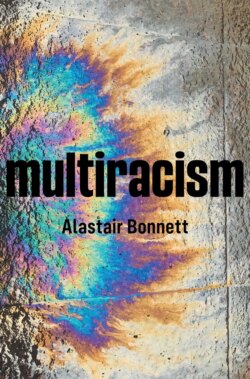Читать книгу Multiracism - Alastair Bonnett - Страница 10
Xinjiang, China
ОглавлениеFor many decades the Chinese state has suppressed a variety of ethnic nationalist movements, the most well-known of which outside China has been Tibetan nationalists. Over recent years the fear of separatism has intensified a pre-existing policy of deculturation for another ethnic group, the Uighurs, and a number of other Muslim communities of Xinjiang province. Extensive controls have been placed upon religious, cultural, and social life, including the widespread destruction of mosques, the prohibition of books, beards, and prayer mats, and the installation of cameras in private homes. It has been called ‘apartheid with Chinese characteristics’.41 A United Nations human rights panel noted, in 2018, that reports that one million people were being held in ‘re-education camps’ in Xinjiang were credible.42 In 2020 satellite research showed that there are nearly 400 internment camps in the Xinjiang region.43
These are just three examples of current or recent mass racist suppression. But it is reasonable to ask: ‘Is what is being depicted here racism or something else?’ and ‘Is what is being depicted racial or ethnic, racial and ethnic or something else?’ As I detail later in this Introduction, however we answer the second question, the fact that each of these examples shows discrimination and engrained prejudice against people because of their membership of a distinct and inherited community, marked by visible differences, tells us they are examples of racism.
These three examples are so significant, alarming, and recent that it might be imagined that trying to understand them would be a central concern in ethnic and racial studies. This is not the case.44 Indeed, only a small minority of published papers in the sub-field are concerned with Asia or Africa. One of my motivations in writing this book is to try and make this kind of oversight more difficult.
The summaries above illustrate large-scale and violent forms of racism. The three vignettes below are different: they illustrate everyday, or what might be called ‘low-level’, forms of racism. Again, they are not designed to be typical, but, again, they may provoke us to think about how racism is intertwined with religion, politics, and history as well as question our definitions of what is ‘ethnic’, ‘racial’ or something else. I’ve been writing travel books for some years and it is from these journeys that I draw the following scenes.
